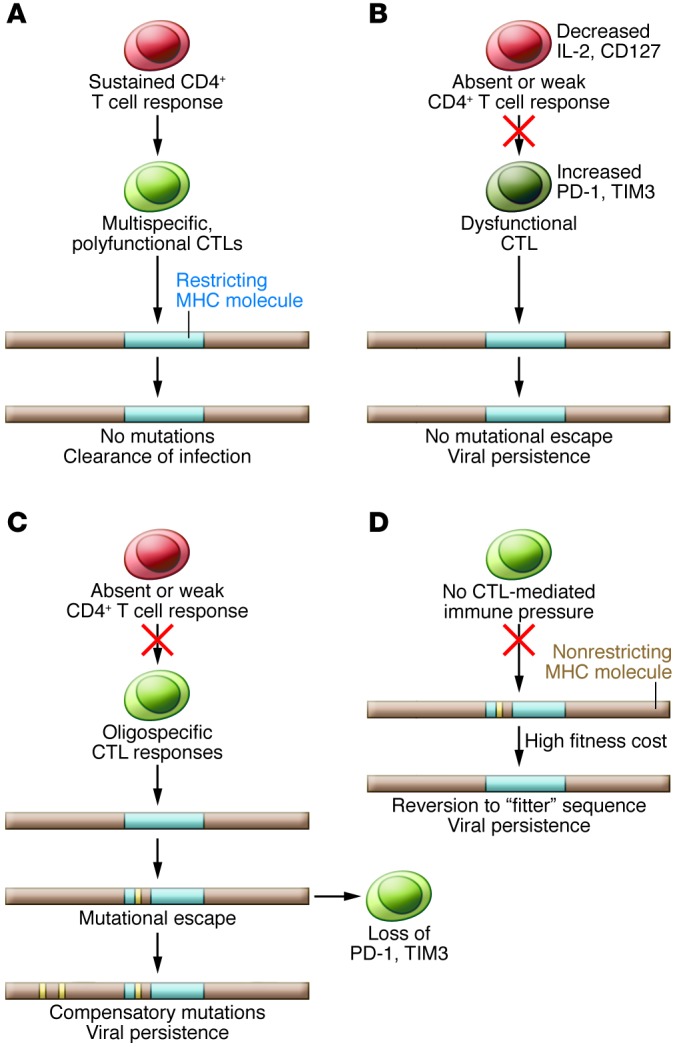Figure 3. Interplay of host T cell responses and the evolution of HCV epitopes.

(A) A sustained CD4+ T cell response with multispecific CTLs may constrain the development of viral escape mutations, leading to viral clearance during acute infection. (B) If CTL responses are weak (manifested by high PD-1 and TIM3 expression) with impaired CD4 help and priming, escape mutations likely will not develop. High viral levels and intact HCV epitopes are associated with increased levels of inhibitory receptors. (C) Failure of the CD4+ T cell response in the presence of a narrow but vigorous CTL response favors the development of escape mutations. Additional compensatory mutations may be required for replicative fitness (120–122). Viral amino acid substitution is associated with decreased inhibitory receptor expression on CTLs, perhaps accounting for their robust proliferation to wild-type, nonmutated virus (115). (D) Without a restricting HLA allele and immune selective pressure, reversion to the wild-type sequence likely occurs because of the high fitness cost associated with an escape mutation. (Adapted with permission from The Journal of Experimental Medicine [ref. 118].)
